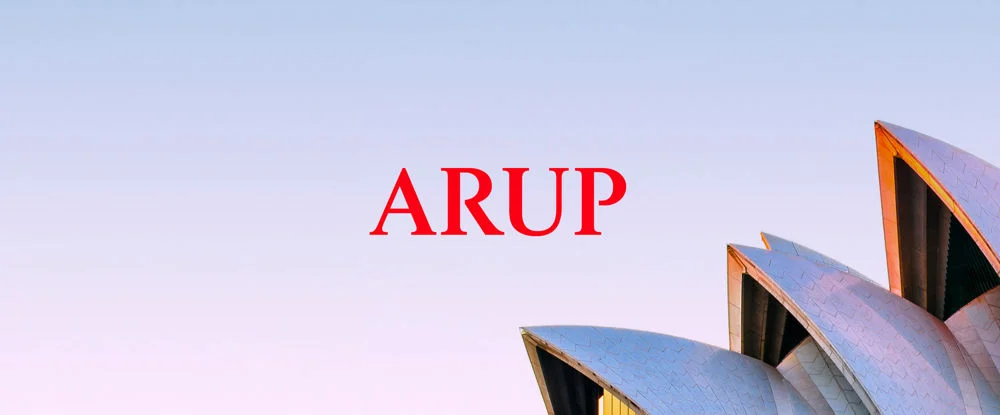Embracing circular economy principles to focus on decarbonisation, our Bridges of Laminated Timber (BoLT) concept focuses on longevity, modularity and re-use.
While timber-concrete composites are being increasingly used on bridge superstructures, BoLT goes a step further by replacing the traditional concrete superstructure with laminated timber. This results in 75% of the superstructure’s total weight being a renewable material.
Designed for bridges with a span of up to 25 metres, BoLT uses high-quality Cross-Laminated Timber (CLT) for the bridge deck – appropriately protected with a waterproof membrane and asphalt deck - and block glued beams (Glued Laminated Timber, or GLT) for the main beams. The use of timber makes the entire structure CO2 neutral, yielding an Environmental Cost Indicator reduction (ECI or Milieu Kosten Indicator in Dutch) of 70% and reducing the use of primary abiotic materials by up to 90%.
BoLT can be used in new construction as well as for bridge deck renovations, where the existing substructure and foundations could be retained to support the lighter timber superstructure.
The concept achieves a theoretical lifespan of at least 100 years, since it is fully protected from rain and aligned with future Eurocode standards for Timber Bridges.
Rijkswaterstaat, the Dutch Directorate-General for Public Works and Water Management, launched the Research & Development ‘Circular Viaducts’ call as part of its ambition to become climate neutral and embrace Circular Economy principles by 2030.
RWS was looking for concept bridge designs under three broad categories: modular, detachable solutions; solutions with the highest-possible reuse of existing materials, and solutions based on renewable materials.
Three participants will continue to the second round in April 2021, which will see the development and testing of a timber bridge prototype and further performance analysis. After the tests, the BoLT design will be shared as an open-source document for further development with the wider market, offering a way to support Rijkswaterstaat in its environmental ambitions.






